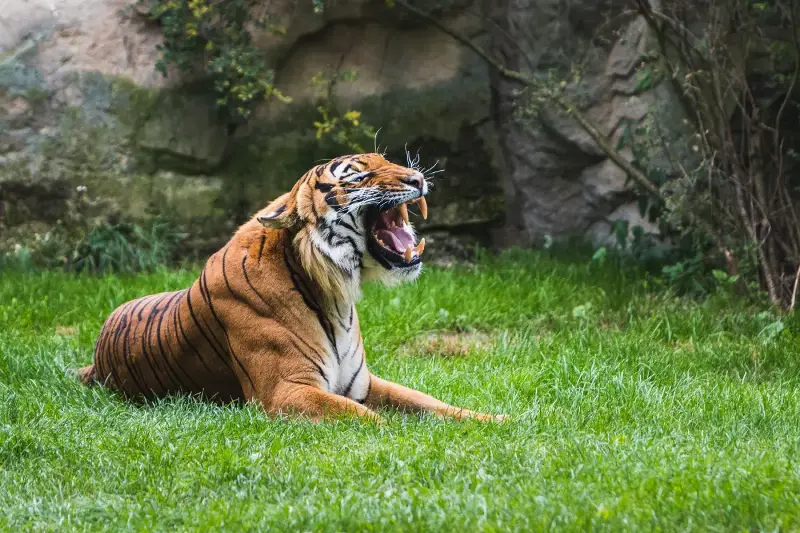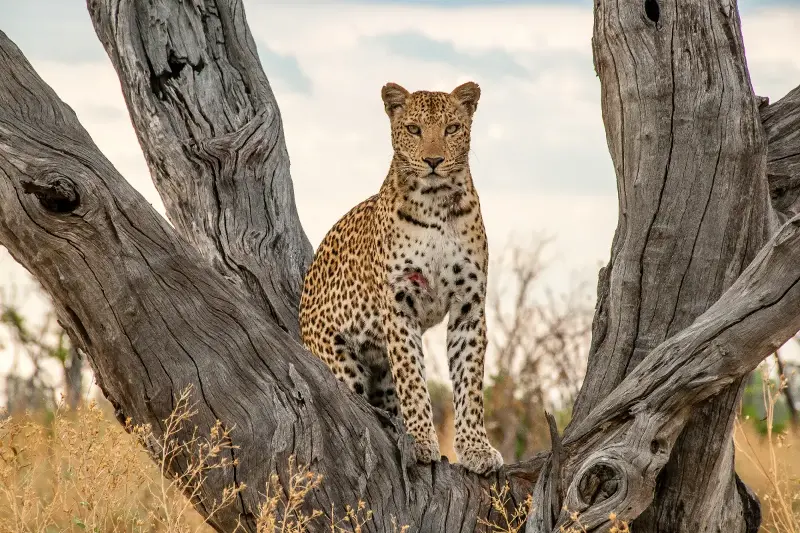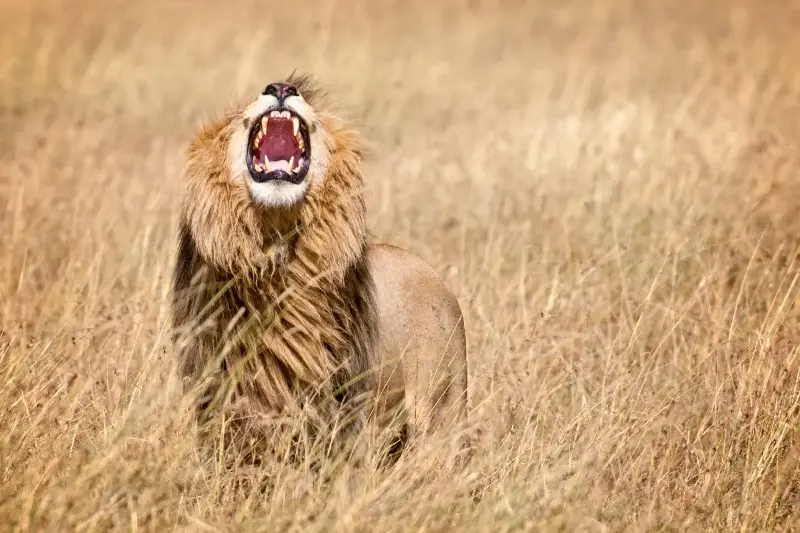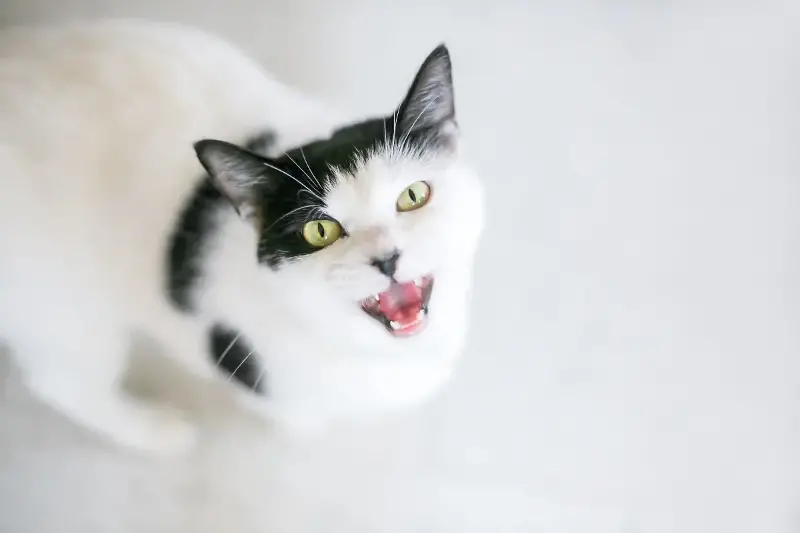If you’ve ever been charmed by the sweet mewling of a kitten, you may be surprised to learn that “meowing” isn't exclusively the domain of our domestic companions. Many majestic big cats—including lions, tigers, leopards, and even cheetahs—are also true masters of the meow. While their vocal talents are usually associated with thunderous roars and spine-tingling growls, big cats possess a remarkable range of sounds, some of which bear a striking resemblance to the endearing chirps and mews heard from our household pets. The world of wild felines is much more vocal and nuanced than you might imagine!
The Soundscape of Big Cats: More Than Roars

While the mighty roar may define the lion in our collective imagination (and with good reason—the lion’s roar can carry up to five miles!), it’s far from their only vocal trick. Researchers have documented that lions use softer “meows” when interacting at close range, especially between mothers and their cubs. These gentle mews help in maintaining contact, reassuring young cubs, or even calling them in for a meal. These sounds are quieter and higher-pitched than the powerful roars, showing the lion’s gentle side.
Tigers, the largest of all big cats, are also known for their diverse vocal repertoire. While their “chuffing” (a soft, puffing noise) is often used in friendly encounters, they also communicate with series of moans and meows. Observations in both the wild and captivity reveal that tiger cubs mew to grab their mother’s attention, just as domestic kittens do. When content, tigers might produce a meow that’s nearly indistinguishable from a housecat—though naturally at a much greater volume.
Leopards and jaguars are equally chatty. Leopards, in particular, are known for their impressive catalogue of sounds, including prusten (a type of chuff), grunts, purrs, and distinct “raspy meows.” These meows serve multiple functions, like alerting nearby leopards of their presence or calling to their cubs. Jaguars employ softer meows for communication, especially within families, showing just how vital “the art of the meow” is across the big cat spectrum.
Why Do Big Cats Meow?

The purpose of these meows isn’t all that different from that of domestic cats. In the wild, a meow is an effective, less conspicuous way for cubs and mothers to communicate without attracting unwanted attention from predators or rivals. Unlike the distinctive, far-reaching territorial calls—like a lion’s roar or a leopard’s sawing cough—meows tend to be used for close, intimate moments.
Interestingly, adult housecats rarely meow at each other. They generally reserve this specific vocalisation for communicating with humans, possibly because they’ve evolved to appeal to our nurturing side. In contrast, among wild cats, meows are still an essential means of communication for family groups. It keeps cubs and mothers safely connected, helps locate each other in tall grasses, and strengthens social bonds.
One fun fact: Cheetahs, who are unique among big cats for not being able to roar, rely heavily on a range of meows, chirps, and purrs. These high-pitched meows—sometimes described as “yips” or “chirrs”—are key to communicating with their young. Similar to housecat kittens, cheetah cubs will mew persistently when separated from their mother until they’re reunited. Their meows might sound adorable, but they are a matter of survival in the wild savannah.
Incredible Adaptations and Surprising Similarities

The anatomy behind these sounds is fascinating. The vocal cords, or larynx, of each big cat species determine the types of sounds they can make. Roaring cats like lions, tigers, leopards, and jaguars have a specialised ligament in their larynx that allows their vocal folds to stretch and produce deep, resonant sounds. However, they retain enough flexibility to create shorter, higher-pitched meows, especially when interacting with their young. Non-roaring cats—such as cheetahs, cougars, and most small wildcats—have a different vocal fold structure that enables them not only to meow, but also to purr continuously (a trait lacking in the biggest felines).
On a day-to-day level, zookeepers and conservationists often report being “talked to” by cheetahs, tigers, and leopards using a delightful array of vocalisations, from chatty meows to playful chirps. Each species and even each individual has its own “voice,” much like how our cats at home develop their unique ways of getting attention.
The Next Time Your Cat Meows…

So, the next time your favourite feline serenades you with a plaintive meow, remember: they are part of a wide family of expert communicators. From the imposing African lion to the speedy cheetah and the stealthy leopard, these majestic big cats have refined their vocal talents for reasons both practical and affectionate.
Understanding and appreciating these remarkable sounds adds a whole new dimension to the relationship we have with both our pets and their wild cousins. It reminds us that even the fiercest predators have a soft side—a gentle communication that echoes across continents and generations. Whether at home or in the wild, the language of the meow connects us all to the intricate world of felines, big and small.
